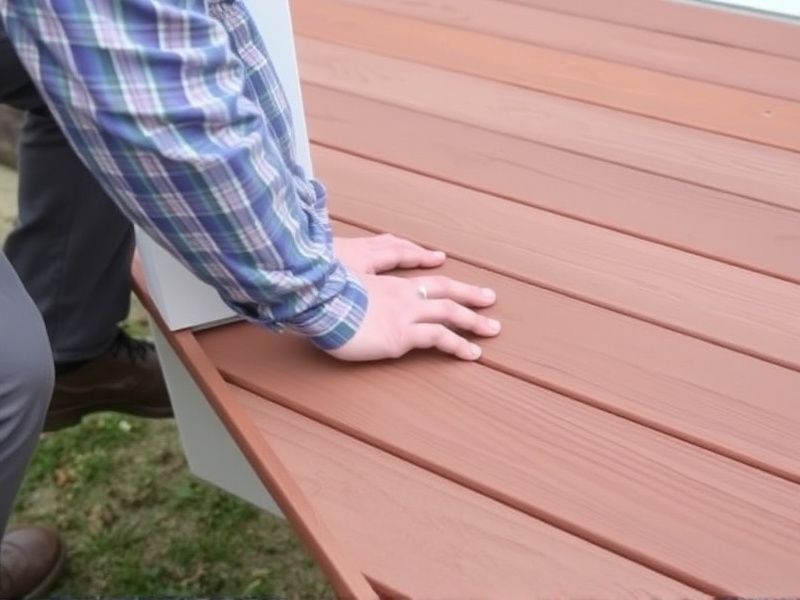Our Location
304 North Cardinal St.
Dorchester Center, MA 02124
Avoid costly errors by understanding common mistakes made during the installation of composite decking. Learn from others' experiences to ensure your deck is built right the first time.

Composite decking has become a popular choice for many homeowners due to its durability, low maintenance, and aesthetic appeal. However, even with its advantages, improper installation can lead to costly repairs or replacements. This article aims to identify and explain the most common mistakes made when attaching composite decking, providing solutions and advice to prevent these issues in future projects.
One of the most common errors is not accounting for the expansion and contraction of composite materials. Unlike wood, which expands and contracts with moisture changes, composite decking materials also respond to temperature fluctuations. Failing to leave enough space between boards or around deck edges can result in buckling, warping, or cracking under extreme weather conditions. To avoid this issue, it’s crucial to follow manufacturer guidelines on spacing, typically recommending 1/8 inch gaps between boards and at least 1/4 inch around the perimeter (DeckCheck, 2023).
Another frequent mistake is using the wrong type of fasteners. While composite decking resists stains and scratches better than traditional wood, improper fastening can still cause problems. For example, using standard screws designed for wood can lead to splitting or popping out over time. Instead, specialized composite-specific screws or hidden fastening systems are recommended. These fasteners are designed to accommodate the unique properties of composite materials and minimize damage during installation (This Old House, 2022).
A third common error is neglecting proper drainage. Without adequate slope or drainage channels, water can accumulate under the deck, leading to mold, mildew, and rot. Ensuring that your deck has a slight pitch towards the exterior helps water run off efficiently. Additionally, incorporating weep holes at intervals along the joist edges allows trapped water to escape, reducing the risk of structural damage (Fine Homebuilding, 2021).
By avoiding these common mistakes—ignoring expansion and contraction, using incorrect fasteners, and neglecting proper drainage—you can ensure that your composite deck remains durable and attractive for years to come. Always refer to the manufacturer’s instructions and consult with professionals if needed. With careful planning and execution, your composite deck will be a beautiful addition to your home.
DeckCheck: Guidelines on spacing for composite decking.
This Old House: Recommendations on fasteners for composite decking.
Fine Homebuilding: Tips for building a durable composite deck.